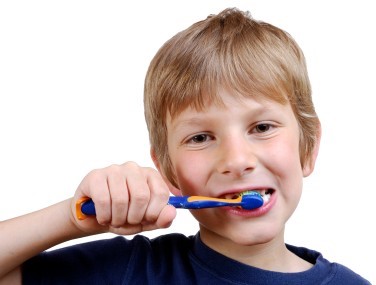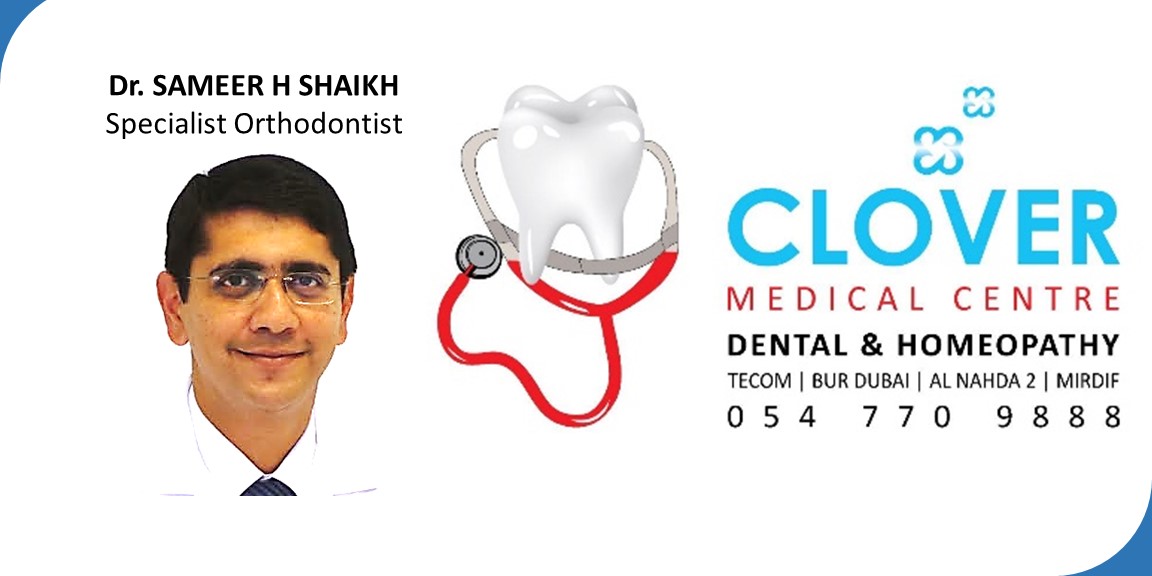Oral Hygiene

Oral hygiene includes the practices that keep your mouth clean and free of any disease. It is achieved by regular brushing and cleaning in between the teeth.
Dental hygiene can be divided into two parts – one is the hygiene that has to be maintained by the patient and the other is the hygiene practices that are carried out in the dental office. Of the two, the dental hygiene that is maintained by the patient themselves is more important.
Furthermore, the most important tool to maintain dental hygiene is the toothbrush and proper toothbrushing is key to maintaining good dental hygiene. Thus a toothbrush is capable of preventing all plaque-related diseases if used routinely, correctly and effectively.
While brushing the things have to be kept in mind are – the number of times you brush, the direction of the strokes or method of brushing, the time taken, the type of brush that is used and the hardness of softness of the bristles.
You have to brush for a minimum of 2 minutes (to time this some people find it helpful to brush while listening to a song), and it should be done at least twice a day – once in the morning either before or after breakfast but also at night. Nighttime brushing is crucial as at night your saliva flow is very less. Saliva has a cleansing action on teeth so when there is less saliva the food remains stuck to the teeth causing decay and gum problems.
Also it is prudent not to brush more than 3 times a day as brushing too often or too hard may cause the gums to recede.
Technique is crucial to the effectiveness of tooth brushing and its influence on disease prevention. Back and forth brushing is not effective in removing plaque surrounding the gum line. Follow the technique demonstrated herewith:
- Hold the head of the toothbrush horizontally against your teeth with the bristles part-way on the gums
- Tilt the brush head to about a 45-degree angle, so the bristles are pointing under the gum line.
- Move the toothbrush in very short horizontal strokes so the tips of the bristles stay in one place, but the head of the brush waggles back and forth. Or use tiny circular motions. This allows the bristles to slide gently under the gum. Do this for about 20 strokes. This assures that adequate time will be spent cleaning away as much plaque as possible. Note: this is a very gentle motion. In healthy gums, this should cause no pain. Brushing too vigorously or with large strokes can damage gum tissue.
- Roll or flick the brush so that the bristles move out from under the gum toward the biting edge of the tooth. This helps move the plaque out from under the gum line.
- Repeat for every tooth, so that all tooth surfaces and gum lines are cleaned.
- For the insides of your front teeth, where the horizontal brush position is cumbersome, hold the brush vertically instead. Again, use gentle back and forth brushing action and finish with a roll or flick of the brush toward the biting edge.
- To clean the biting or chewing surfaces of the teeth, hold the brush so the bristles are straight down on the flat surface of the molars.
- Gently move the brush back and forth or in tiny circles to clean the entire surface. Move to a new tooth or area until all teeth are cleaned.
- Rinse with water to clear the mouth of food residue and removed plaque.
A brush with the smaller head will increase your reach to the difficult areas
Also, it is prudent to have a standard routine for brushing as it eventually will become second nature and you will remember to brush all areas of your mouth.
